Threads are very particular to the user; I like cotton and silk and if I could I would use silk all the time. But I also have used polyester, poly/cotton, soy, linen, bamboo, and Tencel. Threads for making Yubinuki can be found almost anywhere provided you are willing to look and try them. Having a background in sewing/weaving/knitting I go to Fiber Festivals around the area where I live and I look for threads and yarns that are lace weight, that could be used for making yubinuki; that is how I recently found the silk thread supplier (below) and silk lace weigh yarns. Go to knitting store as the fine threads for crochet (size 30 and 80) are also good to use. Additionally go to needlepoint, embroidery, cross-stitch and other hand sewing stores who stock not only the big name manufacturers of threads but some of these smaller makers too.
Then of course there is the web! You can search and find suppliers of threads from around the world, you just have to look and Google will be your friend! And do not rule out eBay, Etsy or Amazon as possible sources. It was via eBay that I picked up some silk floss and perle from Japan and I am still looking for online stores to source more from.
Now I am going to point you to some of the on-line vendors that I use for various threads. Yes; I now there are others but these are the places I like to use and none are local or big box stores.
- 123 Stitch: They have flosses and perle cottons in many sizes and fibers.
- Herrschners: Also a good selection of threads and you can sign up for their catalog.
- Needlepoint Joint: They have tatting, bobbing lace, needlework, crochet, weaving, and knitting threads/yarns.
- Tatting Corner: A good selection of smaller diameter threads from various manufacturers around the world.
- Phoenix Fiber Mill: I discovered their silk thread at a local fiber festival. The silk thread is NOT on their website but you can email them at [email protected]. They supply silk in spools of 23 grams each, which is approximately 550 yards or an assortment of 5 bobbins with 40 yards on each bobbin equalling 200 yards total. I sent them pictures (from the DMC website) of the colors I was looking for, which they kinda matched and sent back pictures so I could confirm the colors. Each spool costs $10.00 and the 5 bobbin assortment costs $6.00.
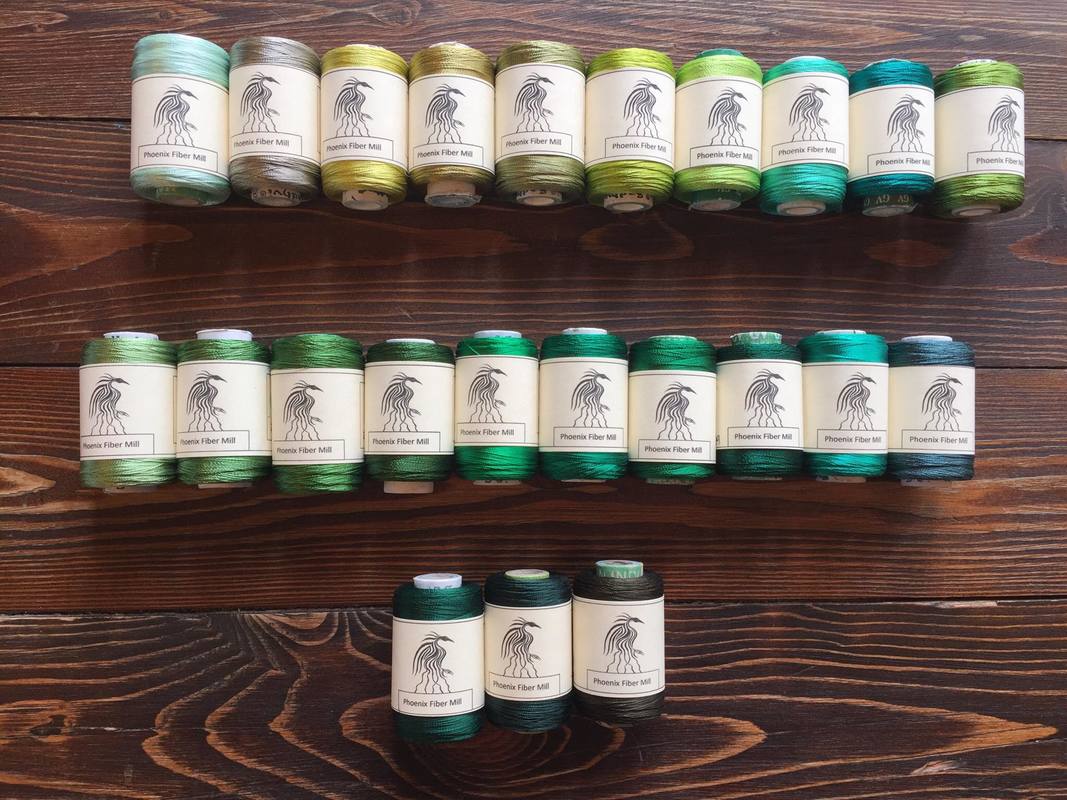
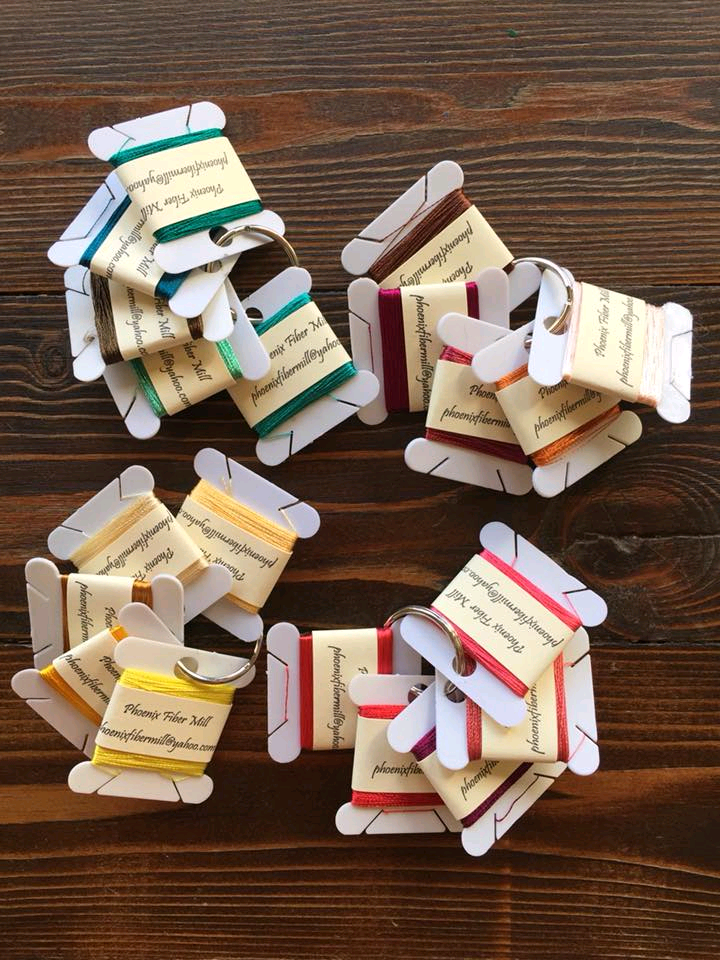
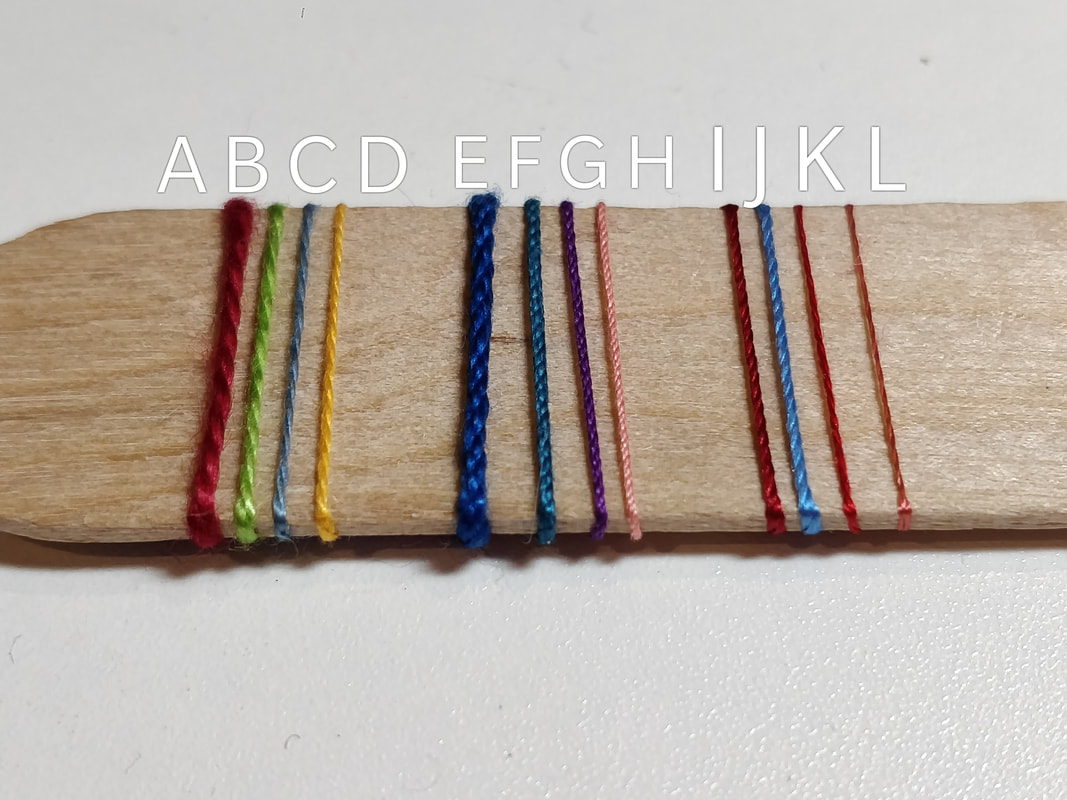
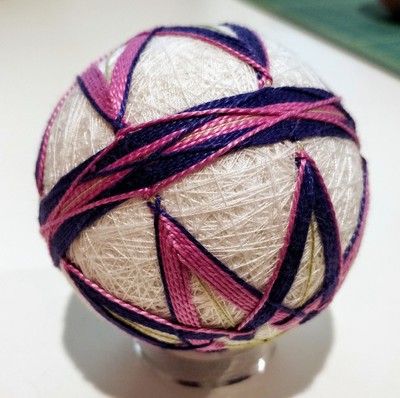
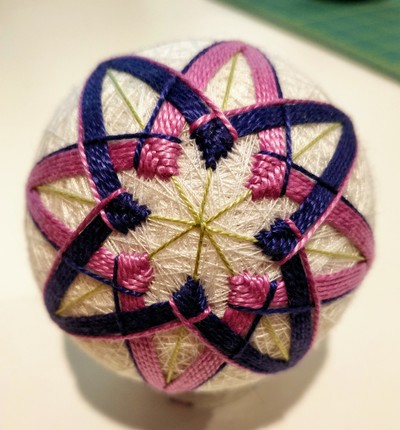
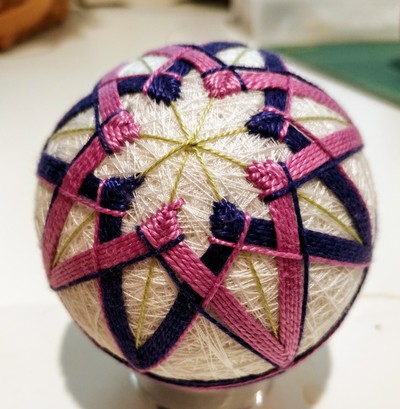
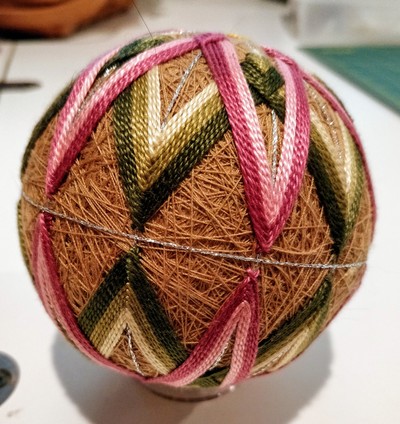
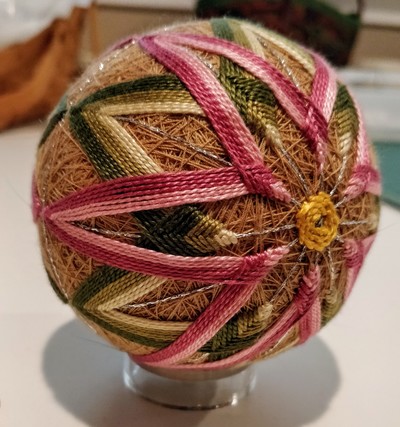
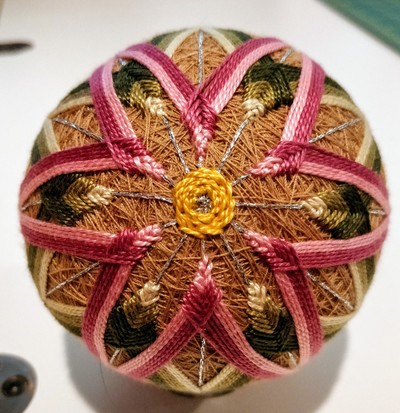
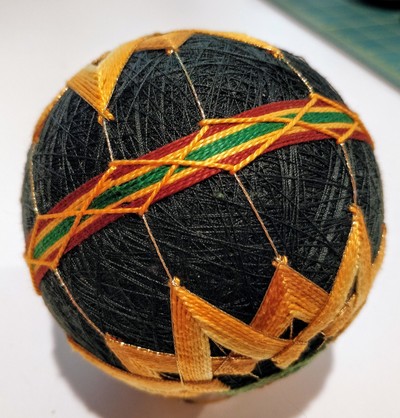
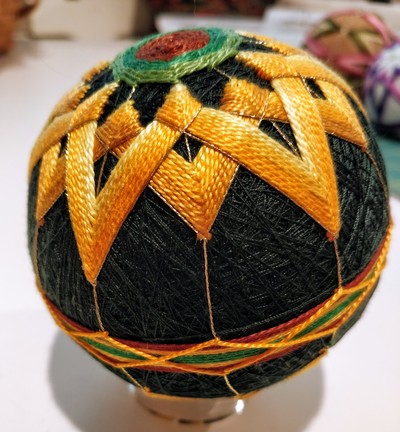
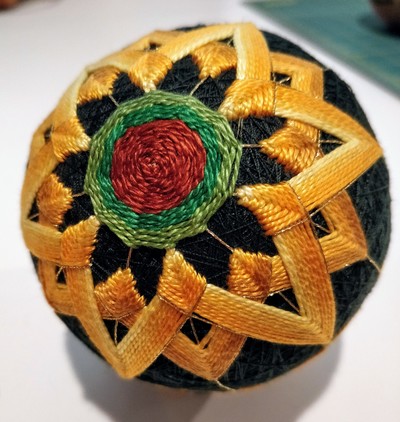
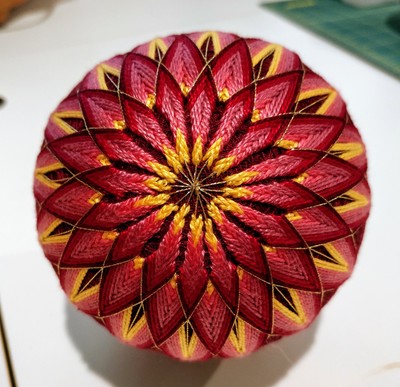
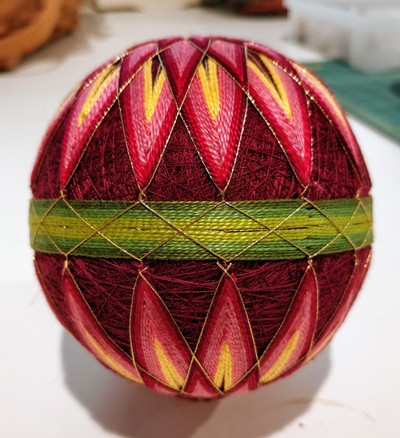
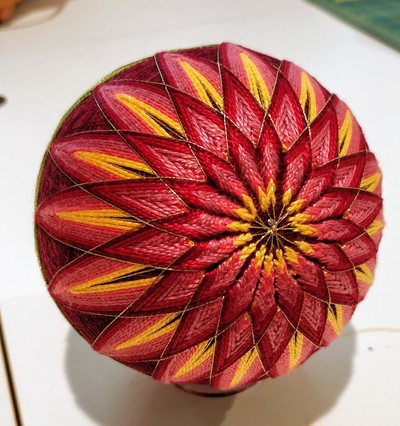
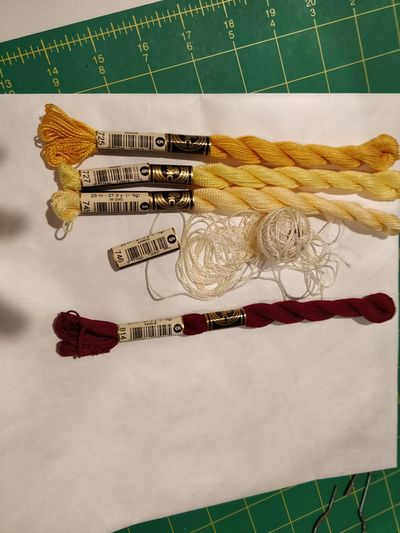
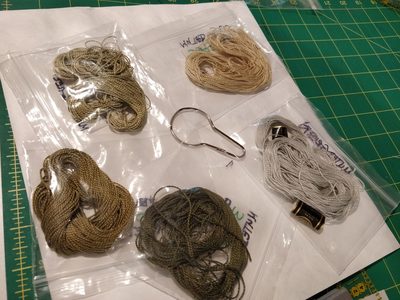
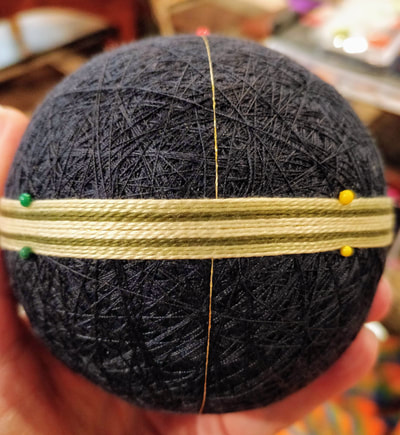
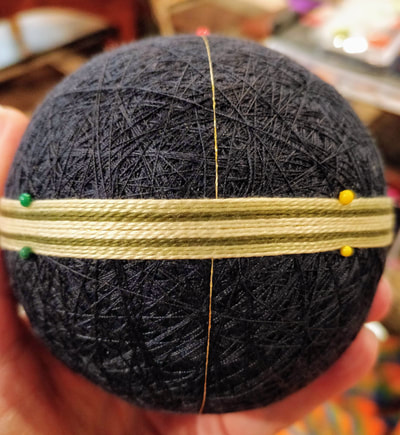
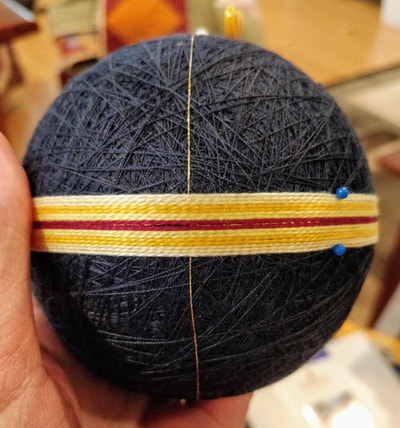
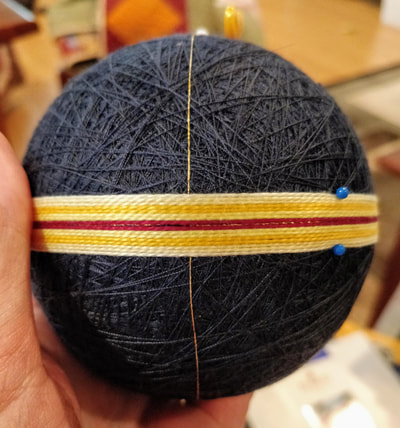
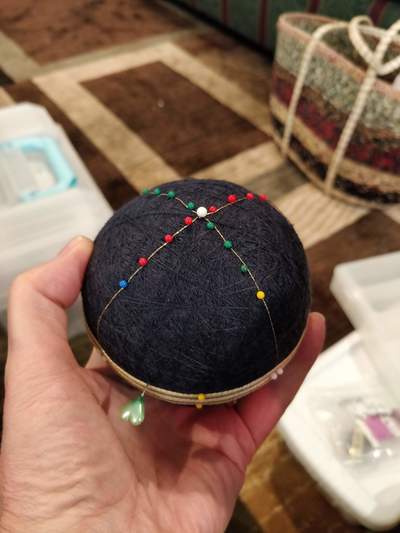
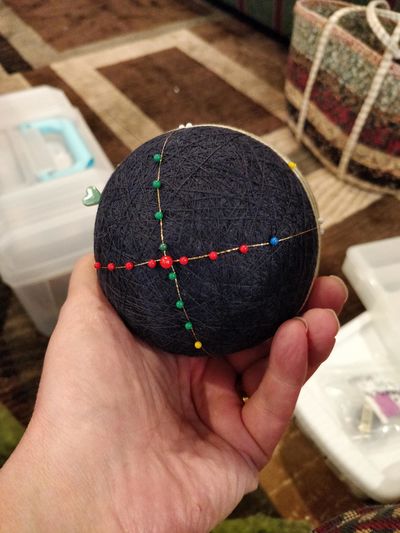
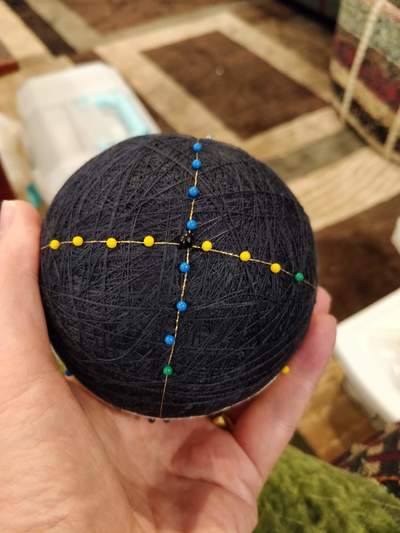
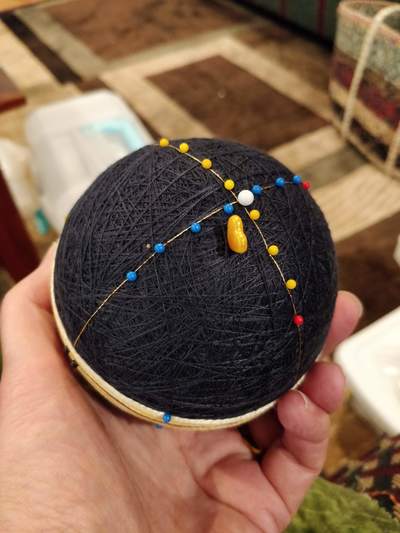
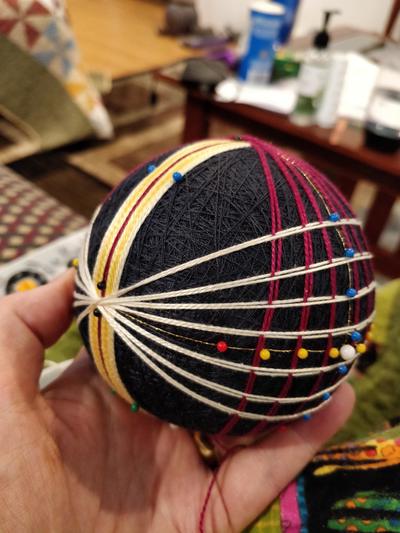
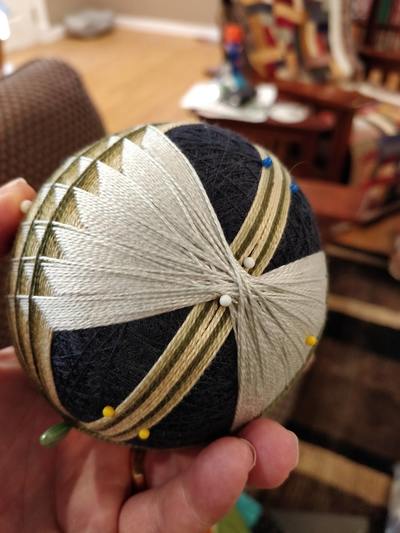
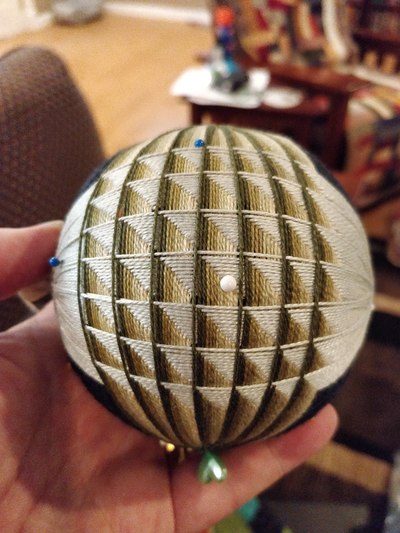
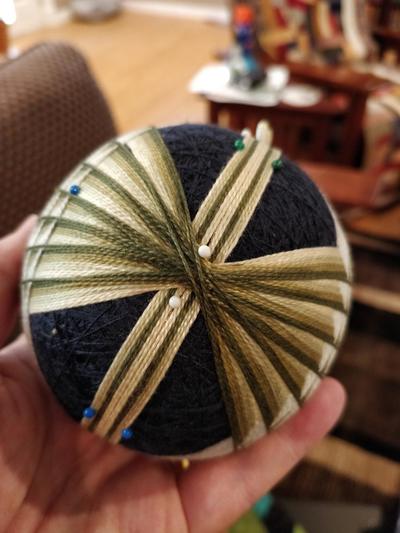
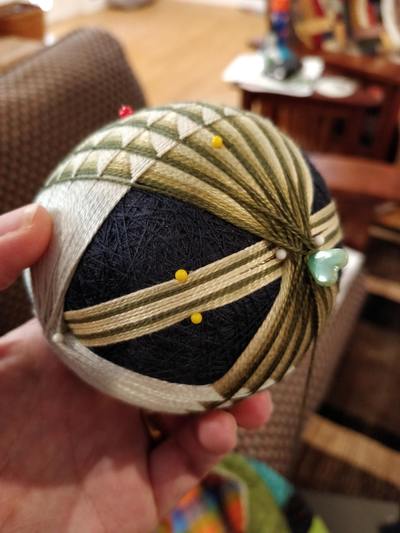
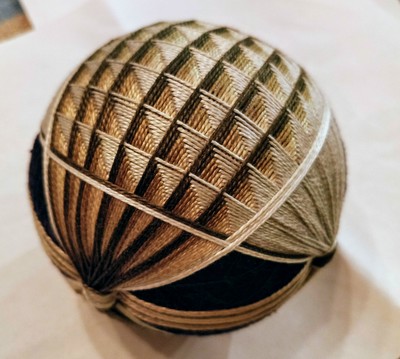
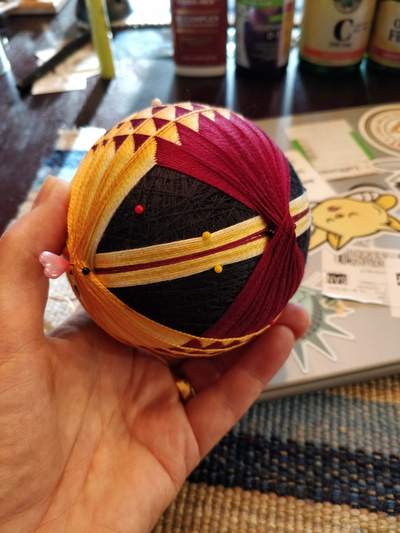
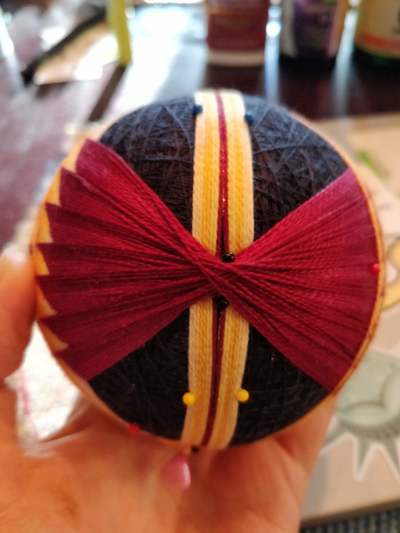
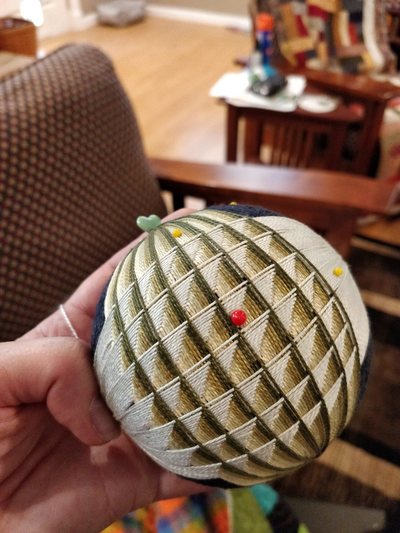
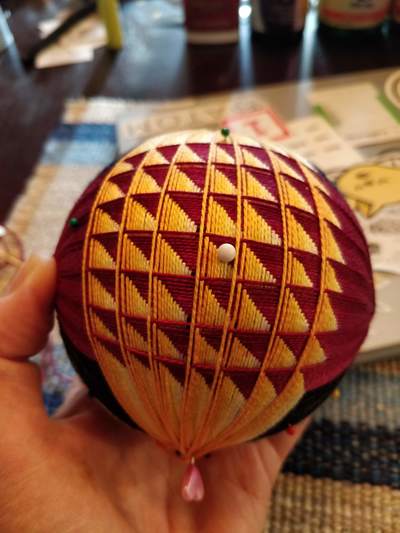
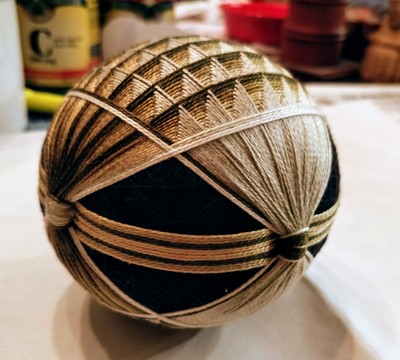
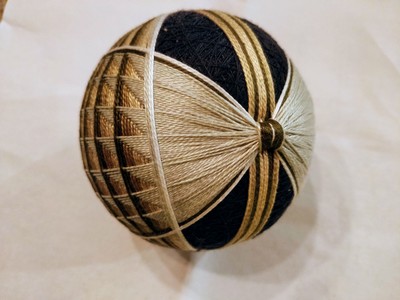
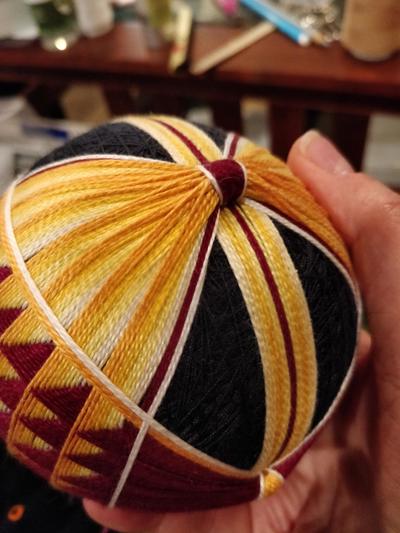
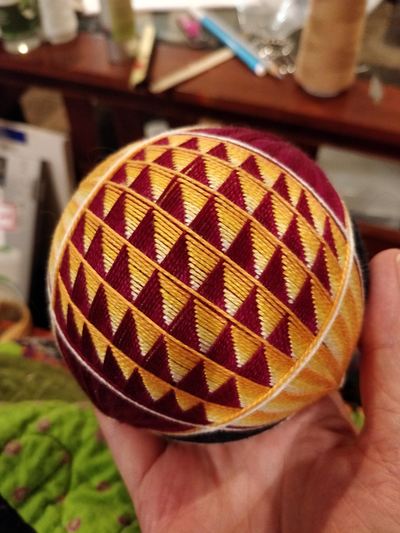
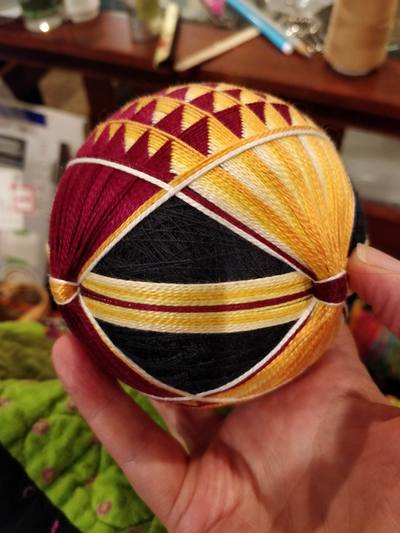
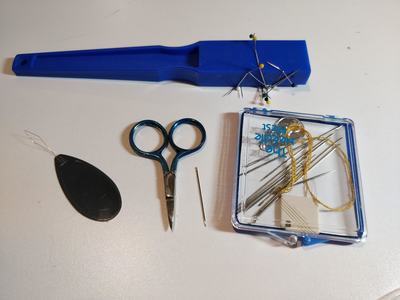
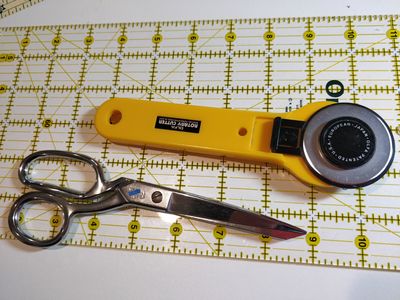
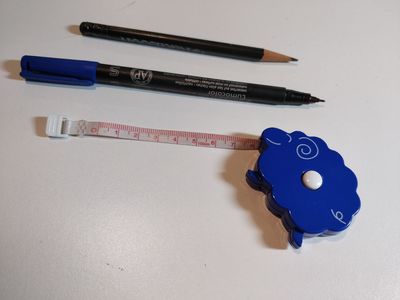
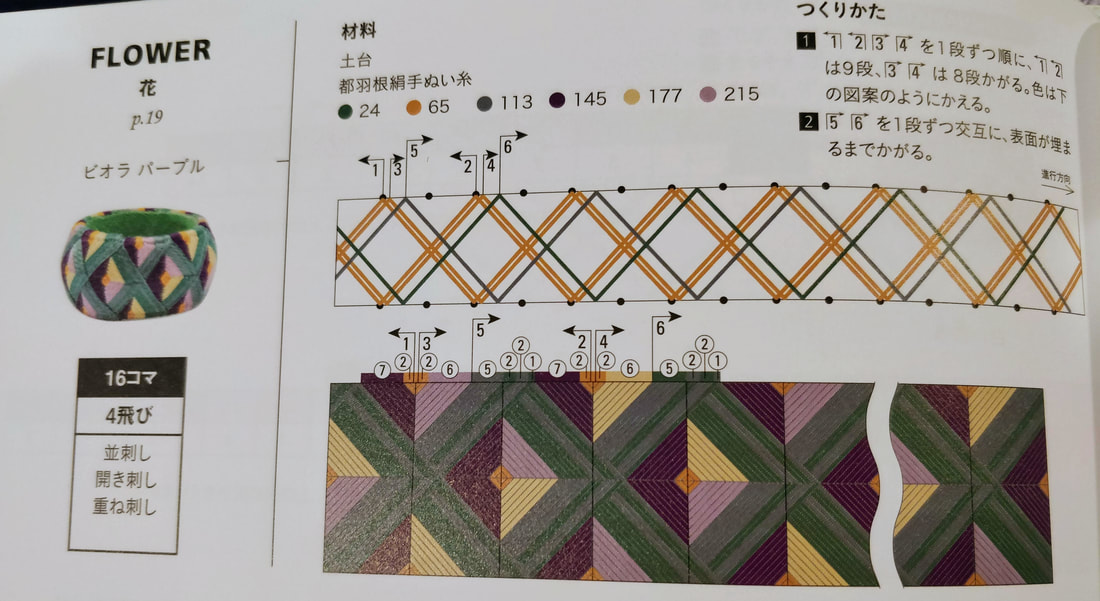
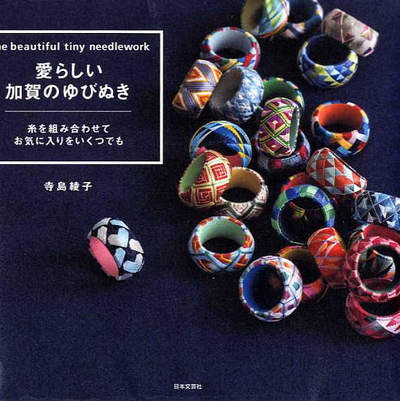
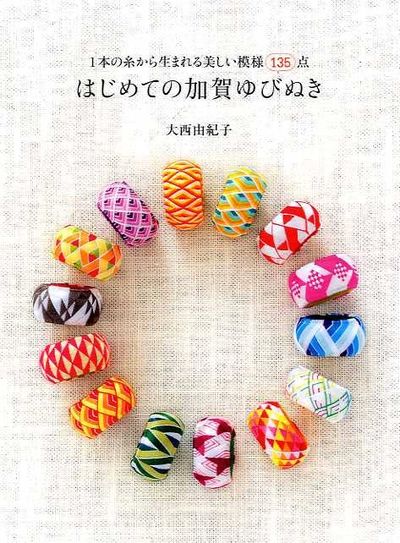

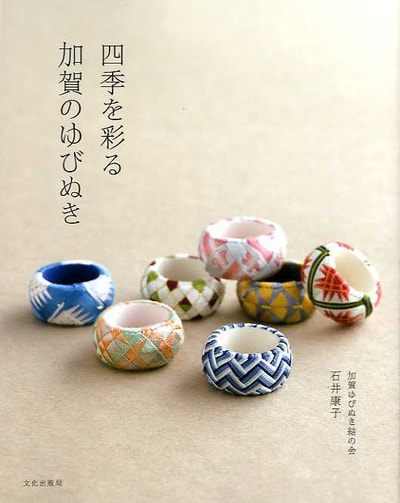
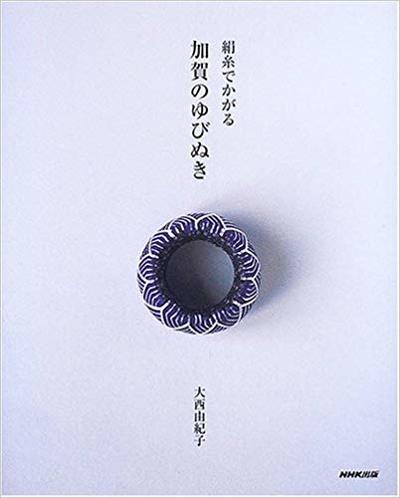
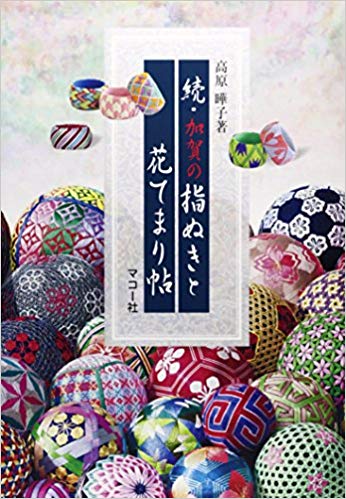
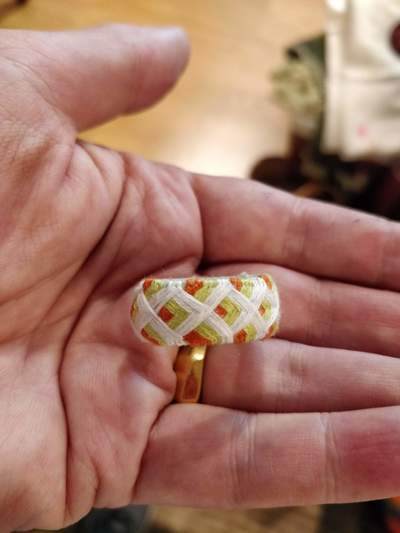
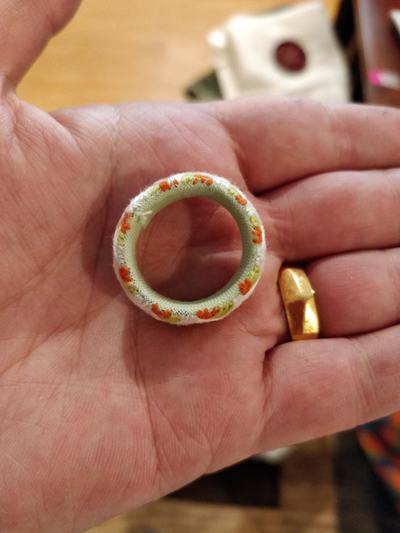
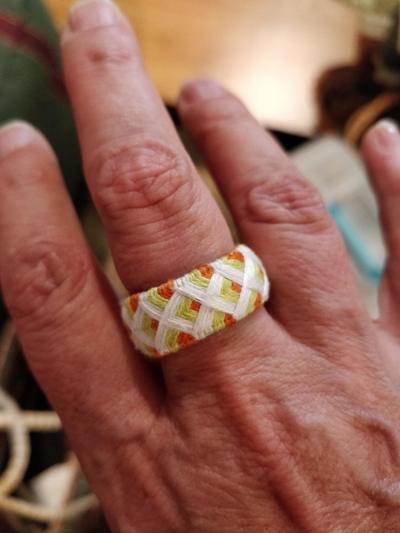
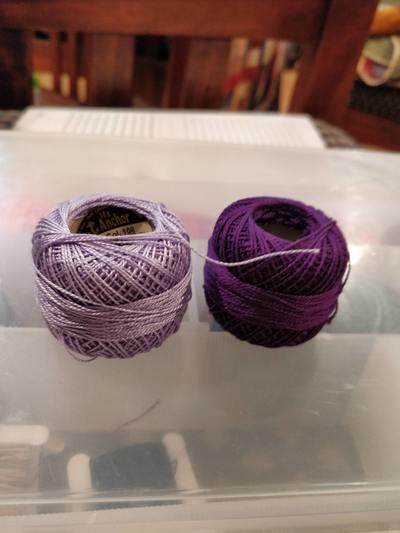
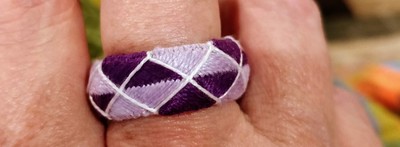
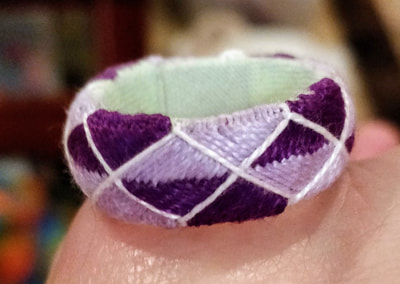
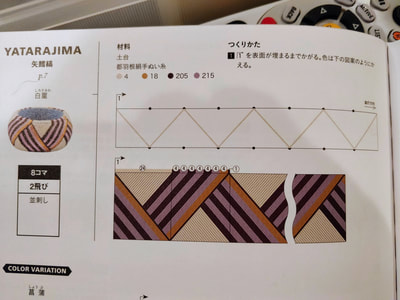
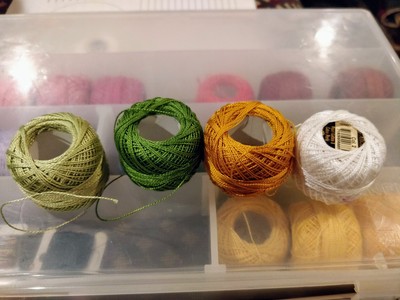
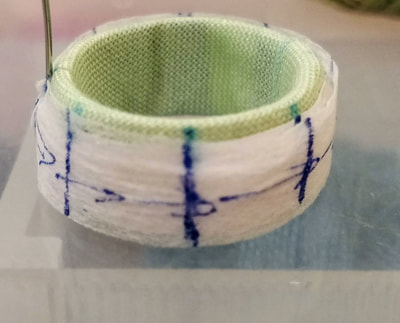
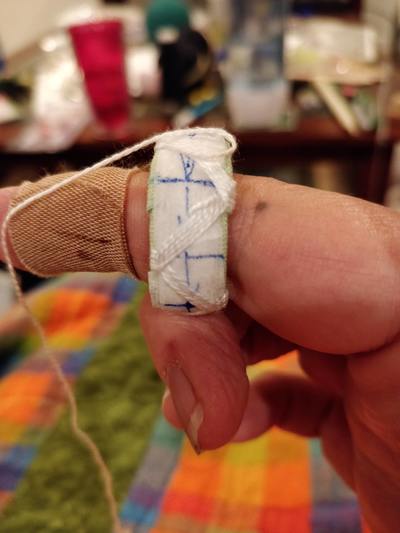
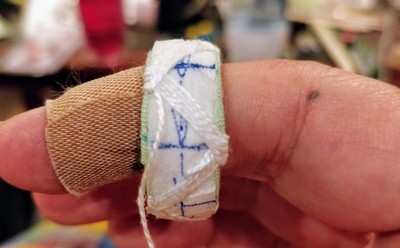
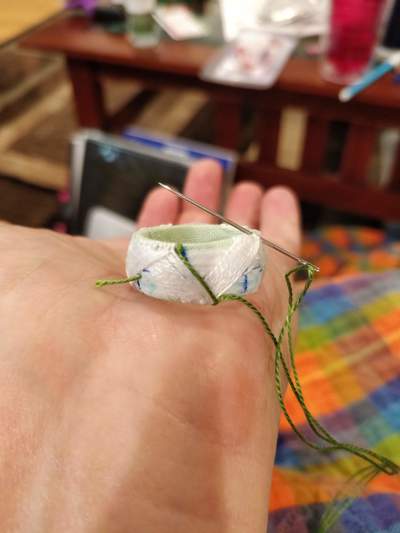
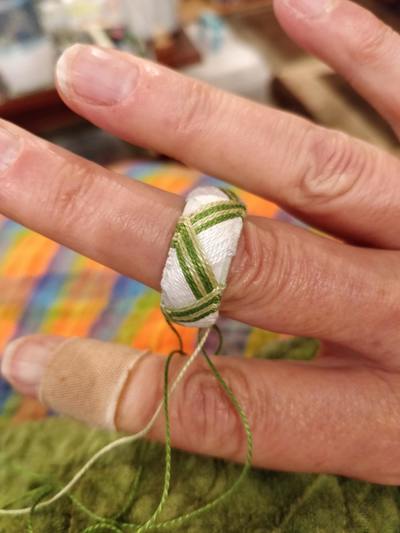
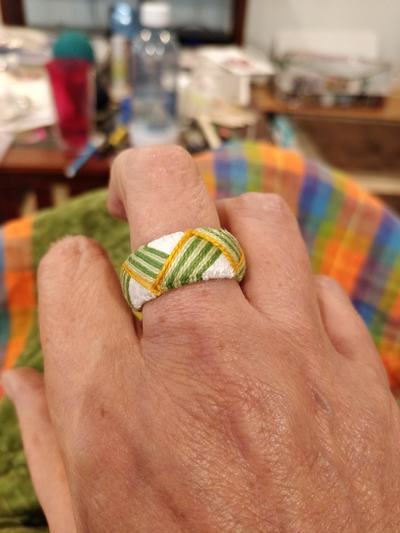
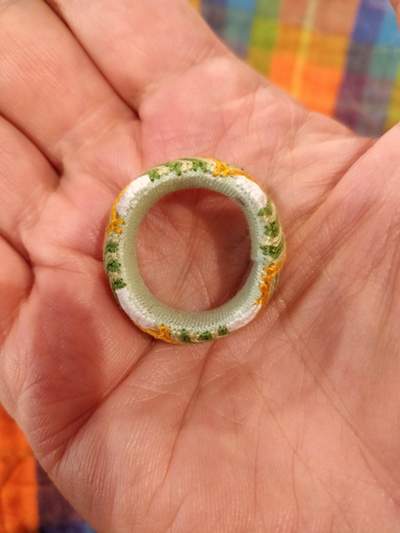
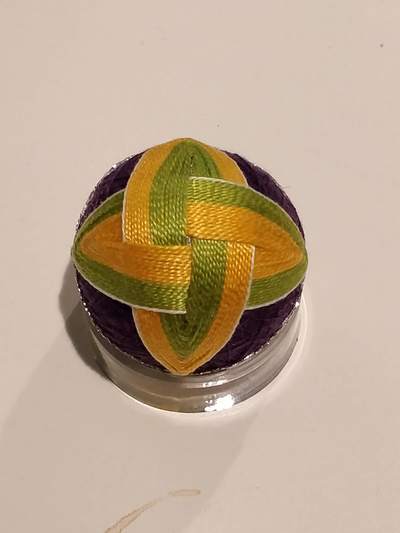
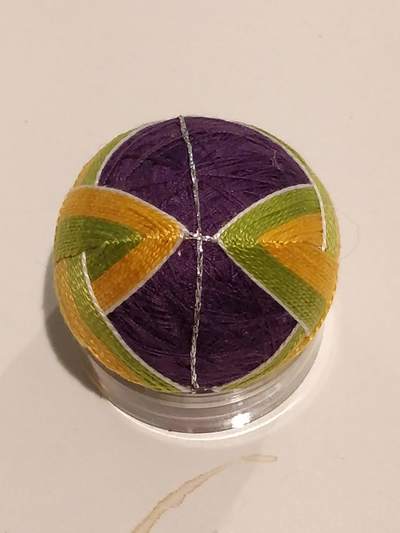
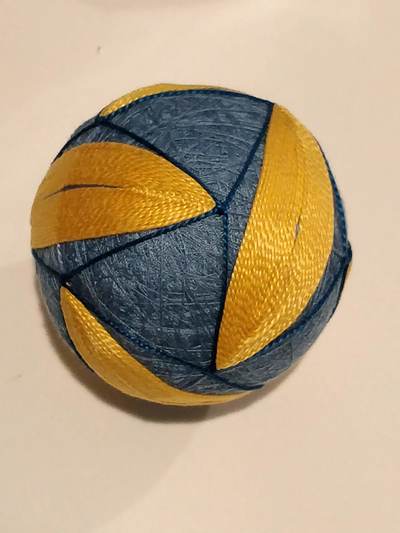
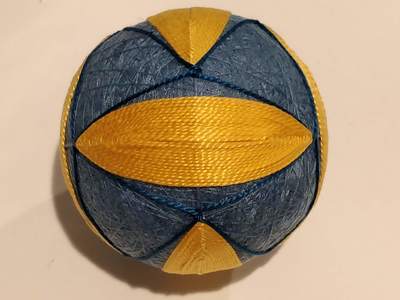
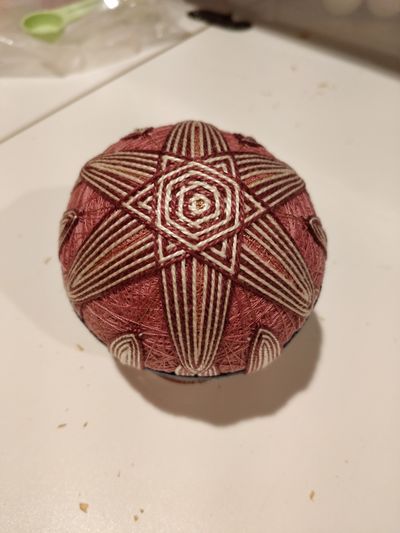
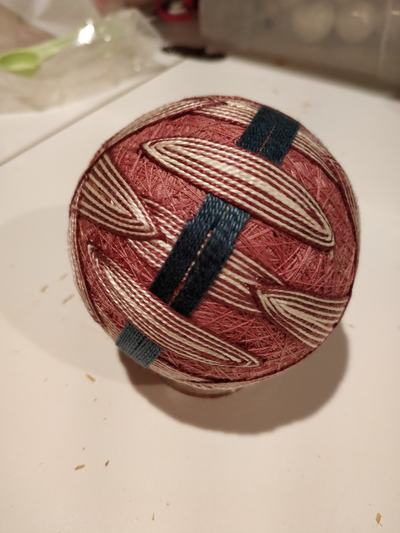
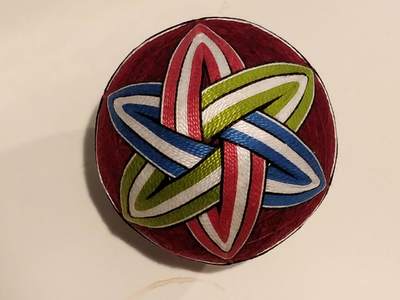
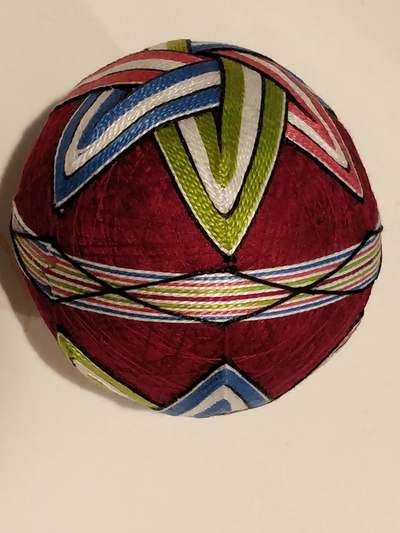
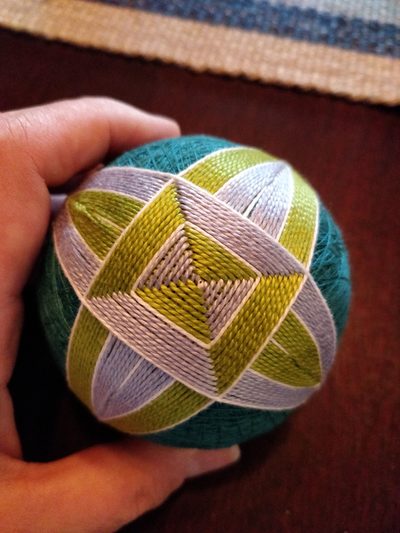
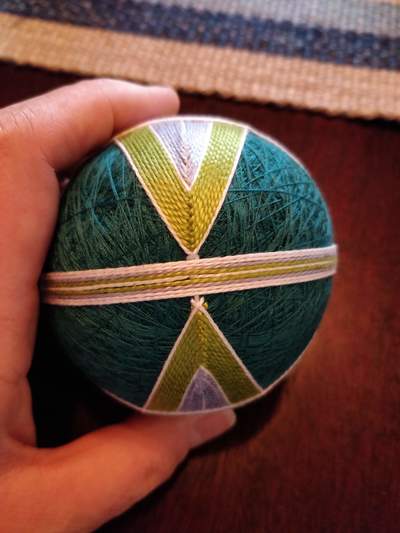
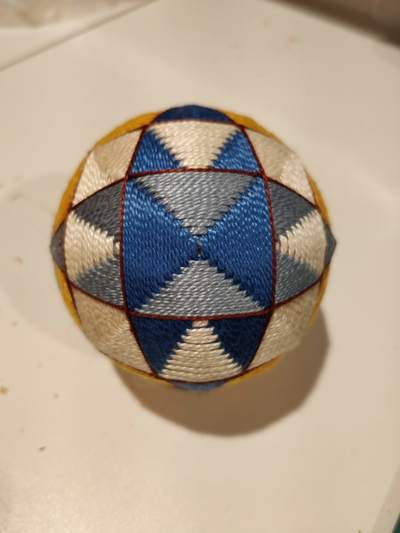
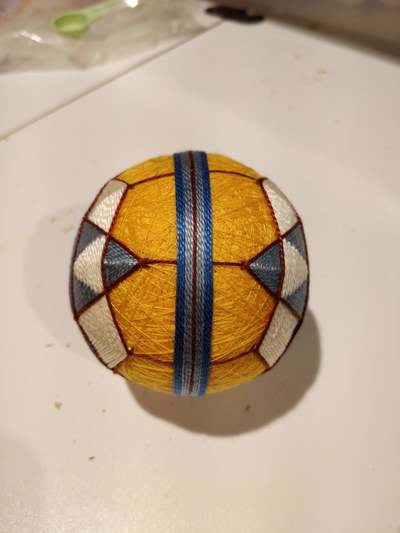
 RSS Feed
RSS Feed